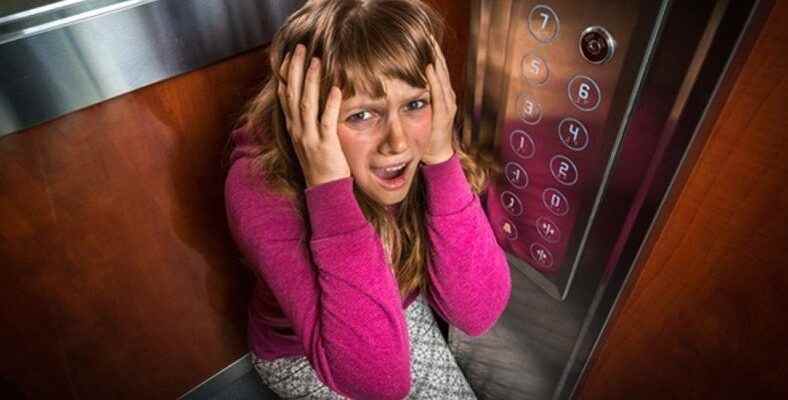Not being able to wear a tight-fitting sweater, not being able to take the elevator or even the metrobus; Here is claustrophobia, also known as the fear of enclosed spaces in all its aspects.
Your child may be a bit active or even mischievous compared to their peers. You too can not cope with this egg You may have punished him by locking him in his room, even for a few hours.. But did you know that this situation can cause much bigger problems in the future?
With you today; According to studies, the incidence is up to 5% worldwide, and if not treated, it can even result in death. claustrophobia We open the file.
Origin and scientific definition of the word claustrophobia
Claustrophobia, the most common “fear of enclosed spacesIt is translated as ”. The word originates from the French words “Claustrophobia” and the Latin words “Clastrum” meaning “closed place”.
Claustrophobia, popularly known as “fear of being in an enclosed space”, is scientifically defined as “anxiety disorder”. Individuals with claustrophobia “claustrophobic person” it is called.
Origin and underlying causes of claustrophobia
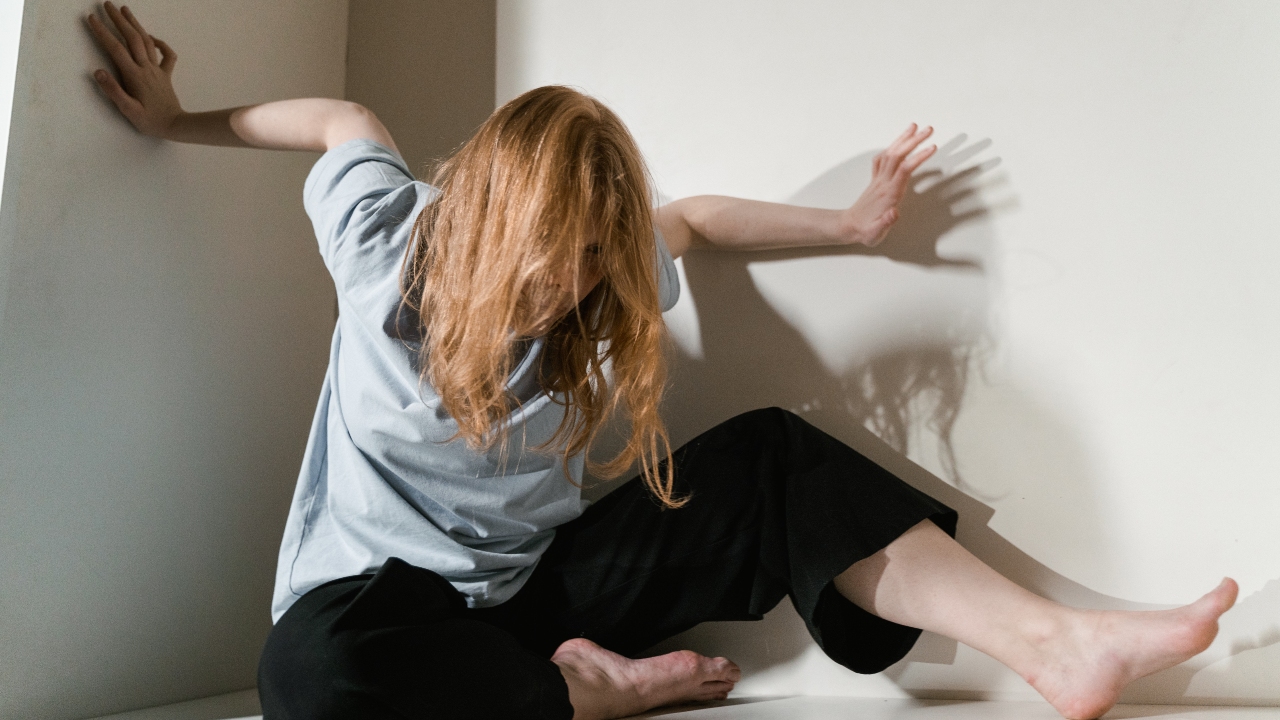
Claustrophobia in humans generally in childhood or adolescence starting. There are currently no clear explanations of science about the occurrence of claustrophobia. The theories put forward in general, on the other hand, sound logical, although they have not been proven yet.
The most important development proved so far about claustrophobia; claustrophobic individuals have over-activation of some parts of their brain.Stop. Let’s examine together the scientific theories produced about the reason for this over-activation.
The main cause of claustrophobia: Childhood traumas
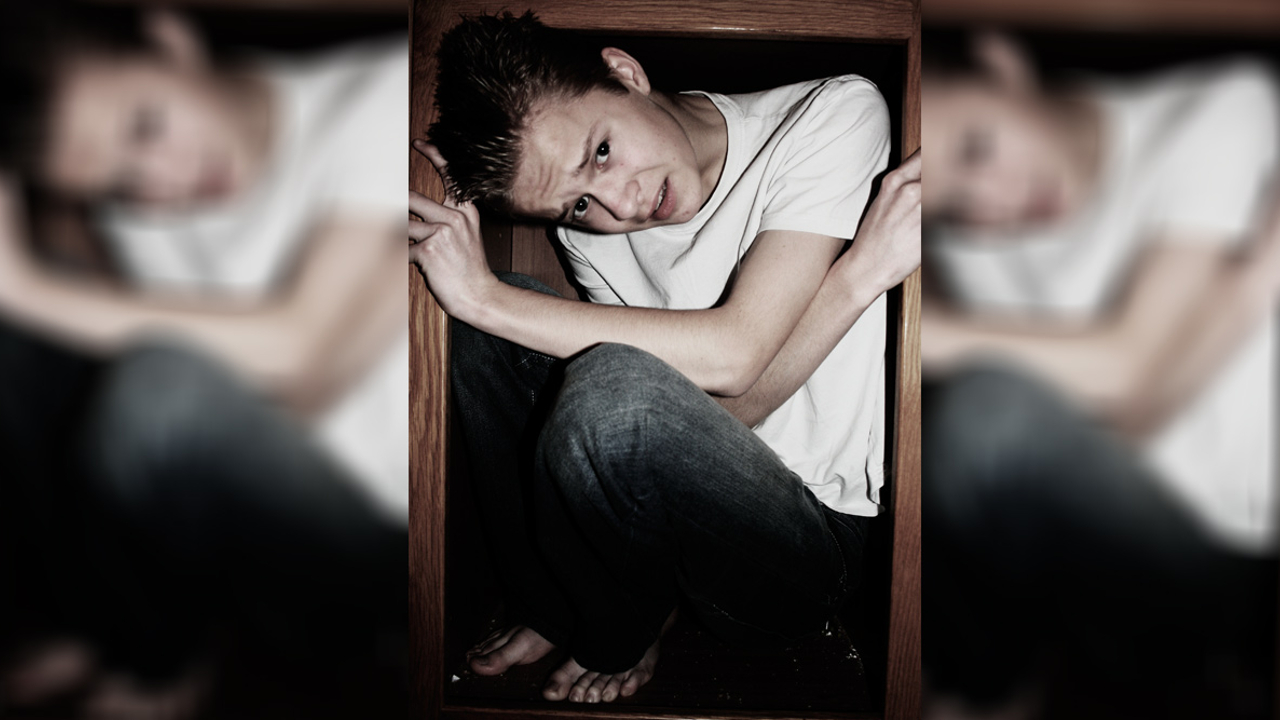
Many specialist psychiatrists as a result of being negatively affected by his family or close environment in childhood. He states that if there is a predisposition in his genes, he may become a claustrophobic individual in the future. For example, a child who is locked in a room for punishment in childhood, if he also shows a genetic predisposition Unfortunately, he can become a claustrophobic individual at an older age.
near field perception
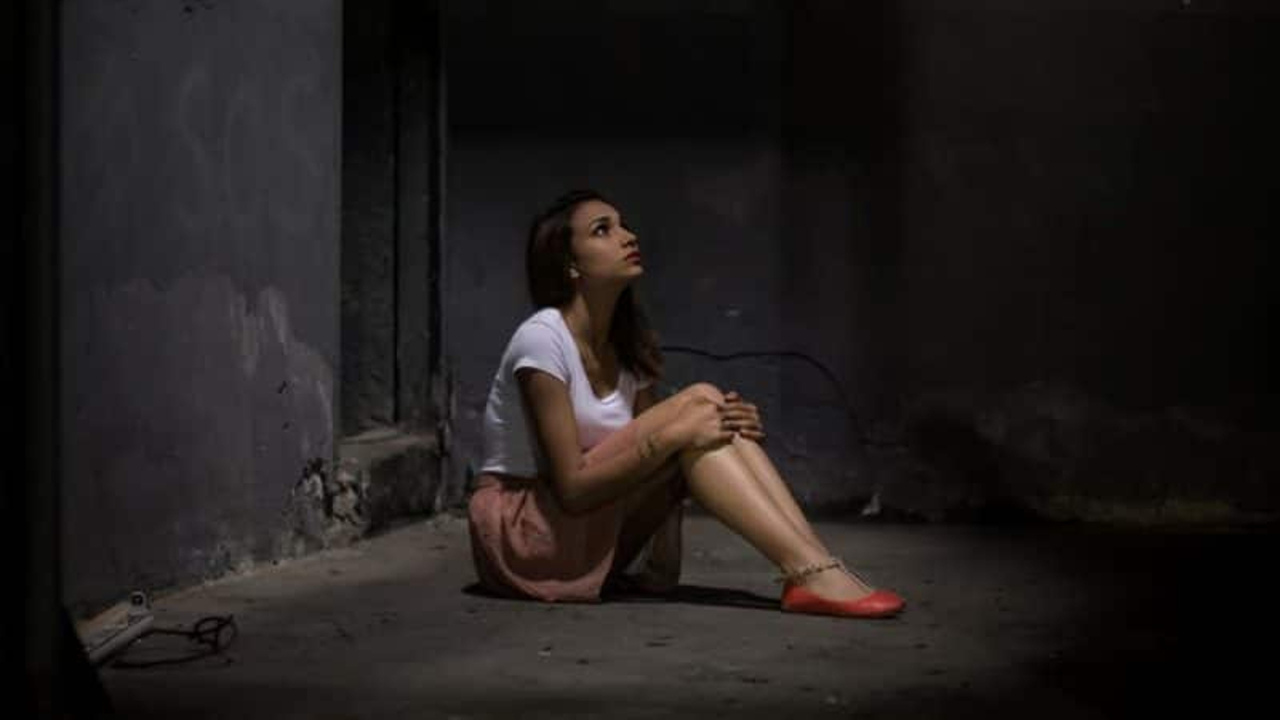
According to the theory; The brain neurons of claustrophobic individuals function differently than other people’s brain neurons. The difference is explained as follows; a claustrophobic individual has a wider perception of personal space and not having this space triggers reactions.
Genetic predisposition, as in many cases

In a 2013 study, claustrophobic individuals The mutation rate in the GMP6A gene is more common. was detected.
Just a few of the situations that claustrophobic individuals have difficulty with
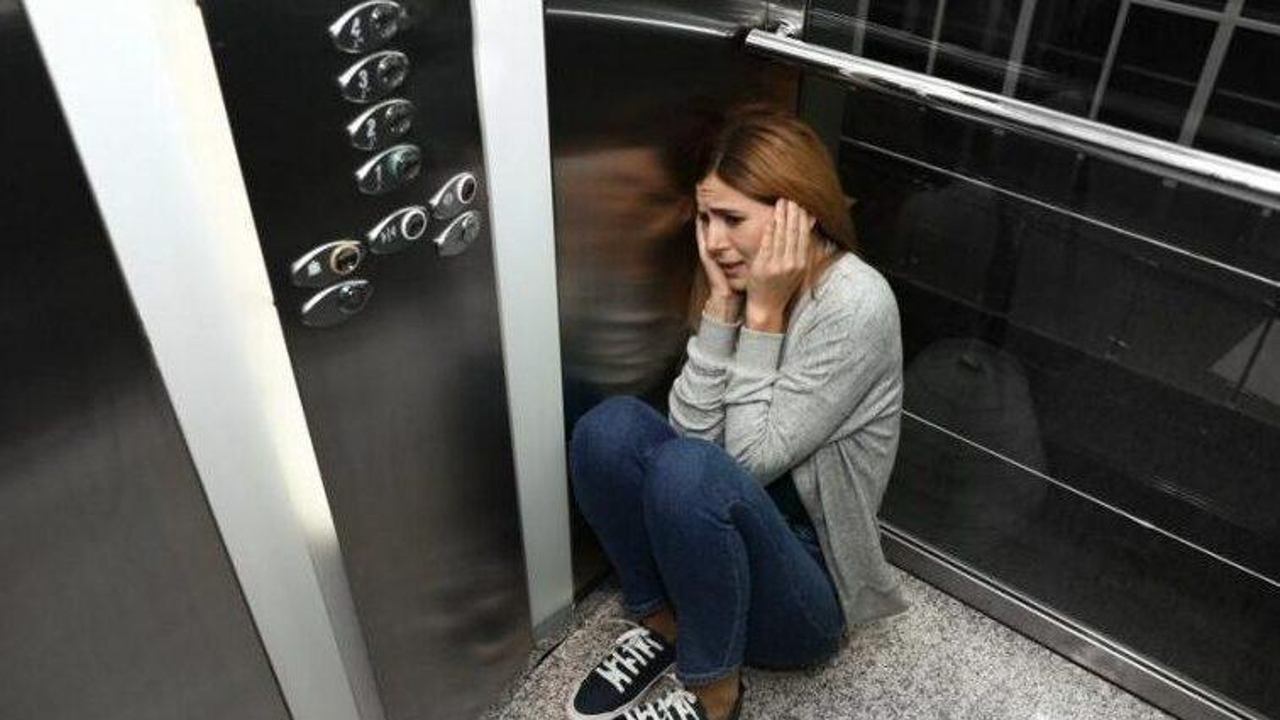
Claustrophobic individuals have great anxiety about being alone, especially in closed spaces. Among these closed areas, elevator, plane, cave, closed rooms is coming. Maybe slim fit clothes, which are normal for most people, are one of the triggers for claustrophobic individuals.
Subways, trains, tunnels, narrow cars, every busy environment, video scanning rooms in hospitals, trial rooms in stores, revolving doors, dental clinic chairs and many other environments that we may not even think of are like torture for claustrophobic individuals.
What do claustrophobic individuals experience during the reaction?
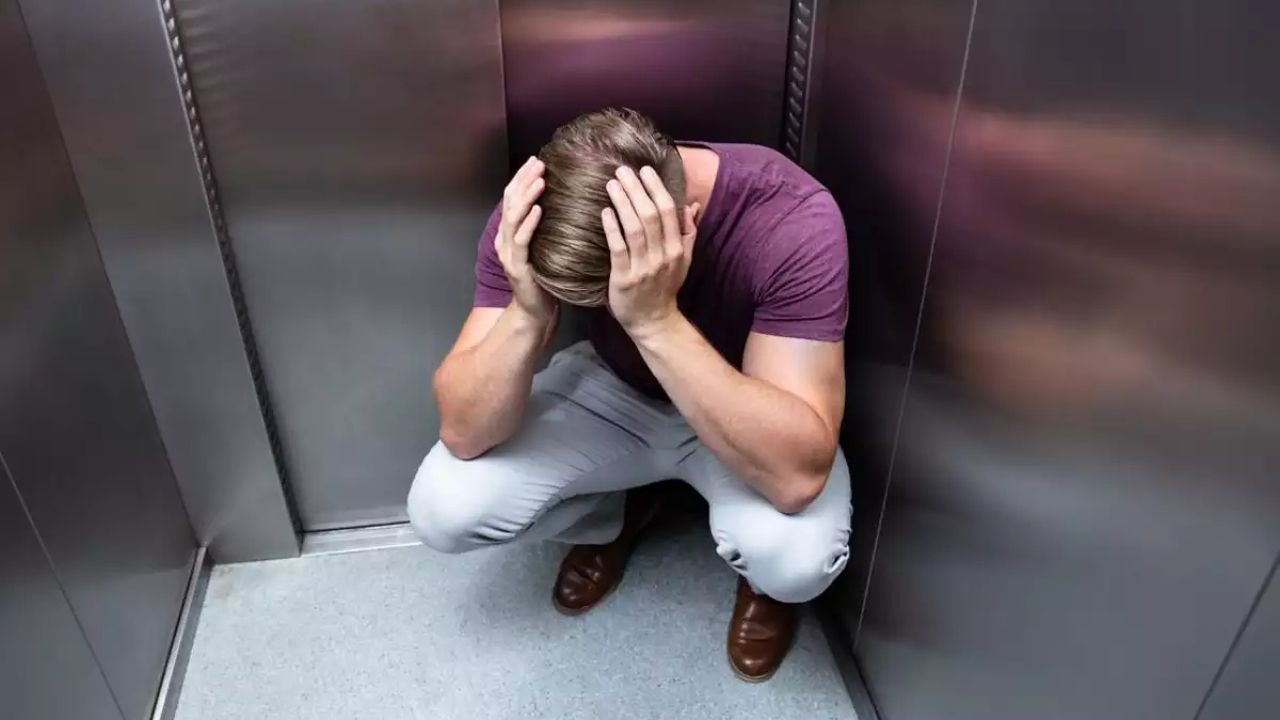
While some claustrophobic individuals get great reactions when they stay indoors, some small reactions are received from some claustrophobic individuals. You see, there is no standard for response. reaction in some people; panic attacks, heart attacks and unfortunately to death can arrive.
Claustrophobic individuals in general at the time of reaction; may sweat, tremble, have difficulty breathing, have a high heart rate, experience chest tightness, or experience lightheadedness or fainting. If the reactions continue, it can result in a heart attack and, unfortunately, death.
Is it possible to treat claustrophobia?
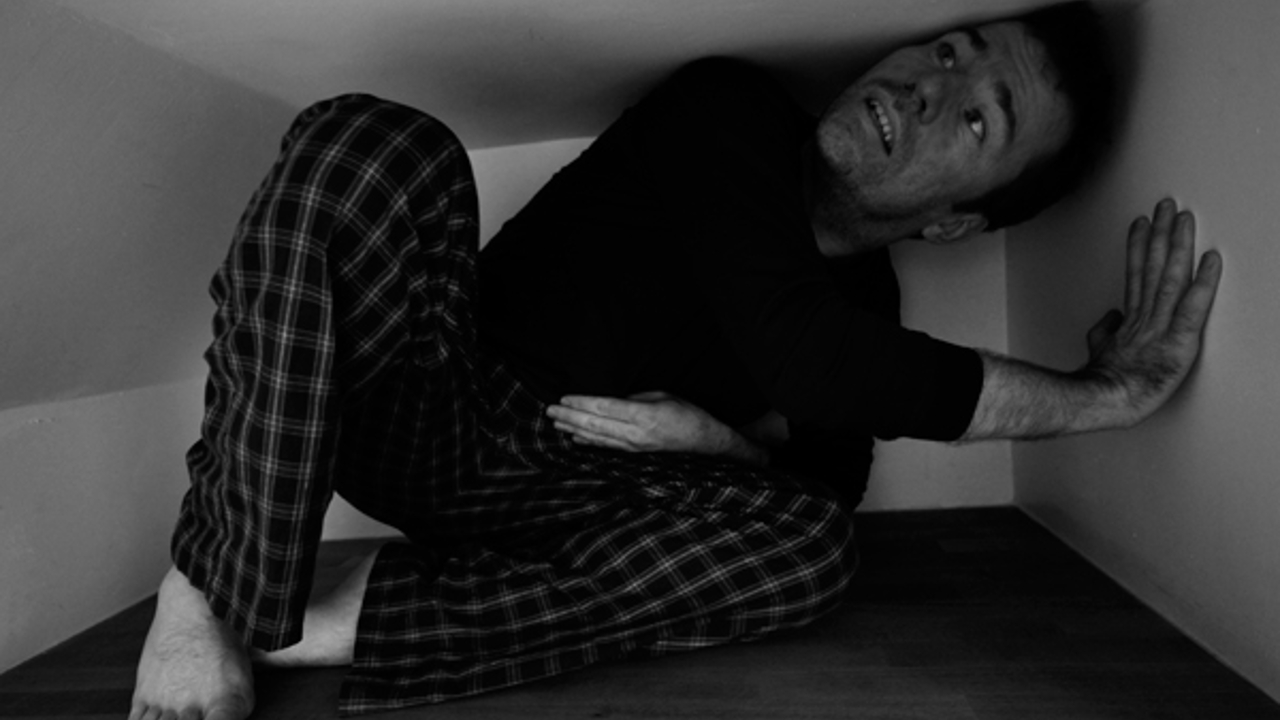
Claustrophobia, although it varies according to the individual and conditions; with medication, psychotherapy, exposure (exposure) therapy, virtual reality therapy or personalized treatments can be treated. Medication and psychotherapy are the treatments we are used to, but we can briefly talk about exposure therapy and virtual reality treatment.
In exposure therapy, the individual is gradually left alone with the areas of phobia and is expected to overcome this phobia on his own. In virtual reality treatment; As the name suggests, the individual tends to the areas of phobia. makes a virtual visit and the individual overcomes the phobia over time. is expected.
What about you before claustrophobia have you heard Have you ever been in the same environment with a claustrophobic individual or witnessed a reaction? You can share your thoughts in the comments.
Source: 1 / 2 / 3 / 4 /
